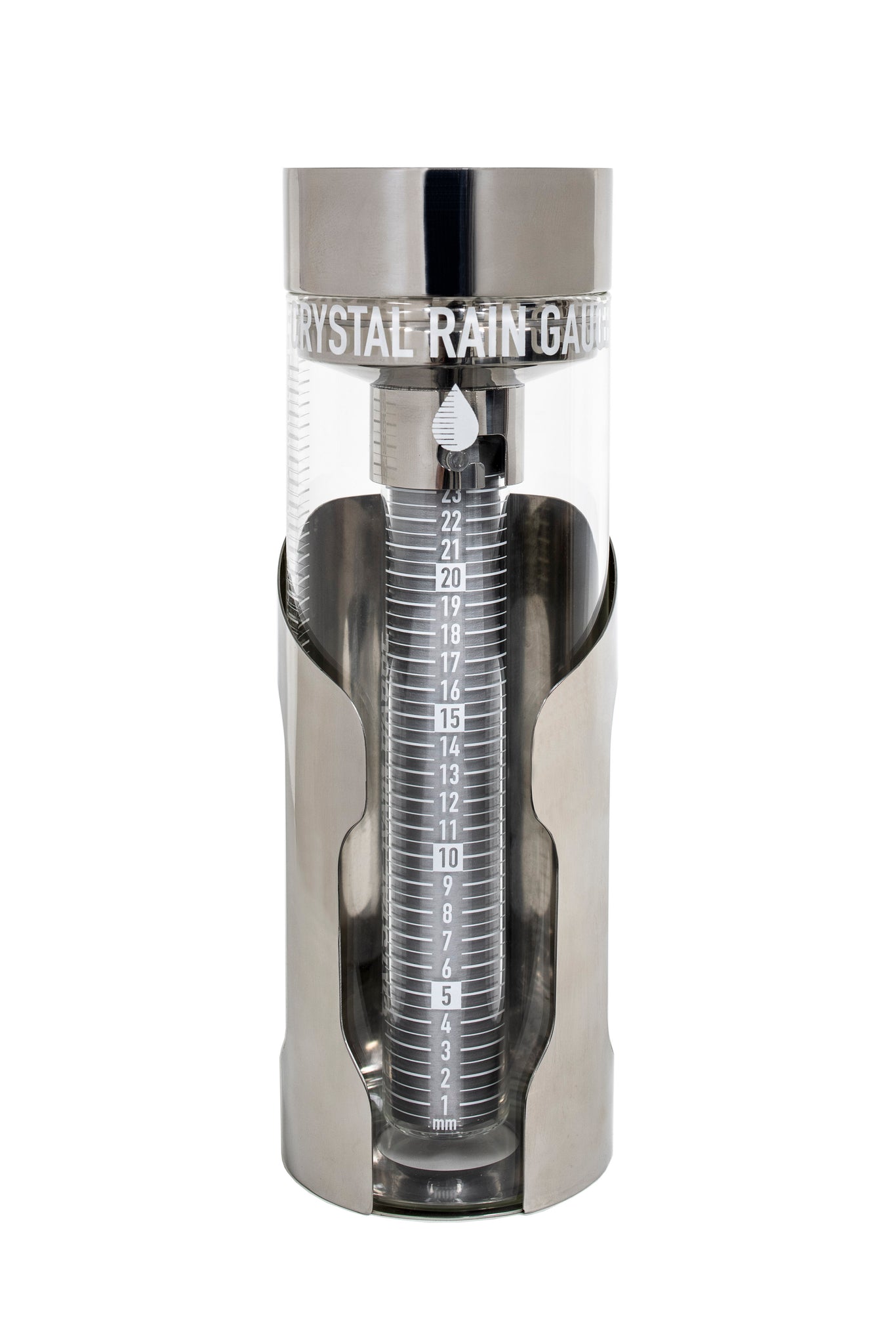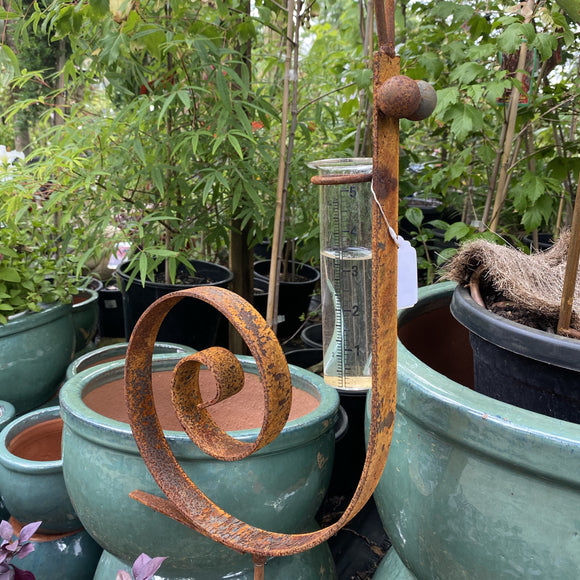Compare the Leading Rain Gauge Models for Accurate and Consistent Readings
Compare the Leading Rain Gauge Models for Accurate and Consistent Readings
Blog Article
Revealing the Science Behind Rainfall Assesses: Exactly How These Devices Play a Critical Function in Climate Research and Environmental Surveillance
Rain evaluates, relatively basic gadgets, hold an extensive value in the world of environment research and ecological surveillance. As we peel off back the layers of this scientific veil surrounding rainfall assesses, we uncover a world where accuracy, information precision, and careful monitoring merge to reveal a deeper understanding of our changing environment and its impact on the world.
Importance of Rain Scales
Rain gauges play a vital role in surveillance and determining rainfall degrees, offering important data for climate research and evaluation. These gadgets are fundamental in evaluating the amount of rainfall that takes place in a particular area over a specific period. By gathering and measuring rainwater, rainfall assesses deal important understandings right into the circulation and strength of precipitation, assisting meteorologists, hydrologists, and climatologists in comprehending climate patterns and trends.
One of the crucial reasons that rainfall determines are critical is their ability to provide precise and local information. Unlike satellite or radar-based measurements, which use broader monitorings, rain gauges deal specific information certain to the location where they are positioned. This local data is essential for various applications, including flooding forecasting, drought monitoring, and water resource administration. Additionally, long-term data collected from rain assesses aids in assessing environment adjustment impacts and patterns, contributing dramatically to clinical research and decision-making processes. Basically, rainfall gauges act as essential tools in the field of meteorology and ecological science, playing a critical role in advancing our understanding of weather condition and environment dynamics.
Kinds Of Rain Scales

Capability and Procedure
In the world of climate research and atmospheric researches, the efficiency of rain assesses lies in their elaborate capability and specific operational systems. Rain determines are created to accurately measure the amount of precipitation that drops over a particular location throughout a collection duration.
The functionality of rainfall evaluates is based upon the principle of gauging and gathering rainwater in a standardized fashion. This collected information is vital for understanding regional weather patterns, tracking lasting environment trends, and evaluating ecological impacts. To guarantee exact measurements, rain determines need to be tactically placed in open areas far from obstructions such as buildings or over here trees that can hinder the collection process.
The functional facet of rain determines entails routine maintenance to stop particles accumulation, calibration checks to maintain dimension accuracy, and information taping for evaluation (rain gauge). In general, the performance and procedure of rain determines are crucial for gathering dependable rainfall data essential to environment research and ecological surveillance
Role in Climate Study
Offered the important value of exact precipitation measurements in recognizing weather condition patterns and ecological influences, the function of rainfall evaluates in environment study is essential. Rain gauges offer crucial data for environment research study by measuring the amount of rainfall that tips over a certain area during a provided period. This data is essential for checking lasting fads in rainfall patterns, assessing the influence of climate modification on rains distribution, and boosting climate designs.

Climate scientists utilize data collected from rain determines to assess variations in precipitation levels, recognize regional environment fads, and assess the efficiency of water source management strategies. By contrasting historical rainfall information with current measurements, researchers can discover shifts in rainfall patterns, such as adjustments in the frequency or intensity of rainfall occasions. This information is crucial for comprehending exactly how environment adjustment is affecting precipitation dynamics and can assist policymakers make educated choices regarding adjustment and reduction strategies.
Applications in Environmental Monitoring

In flooding projecting, rainfall scale data helps to track rainfall strength and distribution, permitting authorities to provide timely cautions and take necessary procedures to reduce flood dangers (rain gauge). Drought tracking relies upon rain scale data to assess moisture degrees in the dirt and track precipitation shortages, helping in the recognition of drought-prone areas and the implementation of drought action strategies
Furthermore, rain gauge information plays a vital function in water source management by offering info on water availability and use trends. This data is made use of to make informed choices regarding water allowance, conservation steps, and sustainable water resource planning. In addition, in agriculture, rain scale information click for source helps farmers in optimizing irrigation timetables, plant choice, and total ranch administration methods based on neighborhood rainfall patterns. Generally, rainfall assesses more helpful hints are essential devices in environmental surveillance, offering important insights that add to informed decision-making and sustainable source administration.
Verdict
In conclusion, rainfall gauges are vital tools for determining precipitation, providing important data for climate research and ecological monitoring. With different kinds and performances, rain evaluates play a vital role in understanding precipitation patterns and their impact on the atmosphere. By properly measuring rainfall, these tools add to the advancement of clinical understanding and aid in making educated choices associated to water resource administration and catastrophe readiness.
Rain evaluates play a crucial function in monitoring and gauging precipitation levels, supplying crucial information for environment research and analysis. The conventional rainfall gauge, recognized as the "tipping bucket" scale, is one of the most frequently made use of tools. Ultrasonic rain gauges use noise waves to spot the visibility of rainfall, supplying real-time data on precipitation degrees.Climate researchers use information accumulated from rainfall assesses to analyze variants in precipitation degrees, identify local climate patterns, and evaluate the effectiveness of water source management approaches.In final thought, rainfall evaluates are important devices for determining rainfall, providing beneficial data for environment research study and environmental monitoring.
Report this page